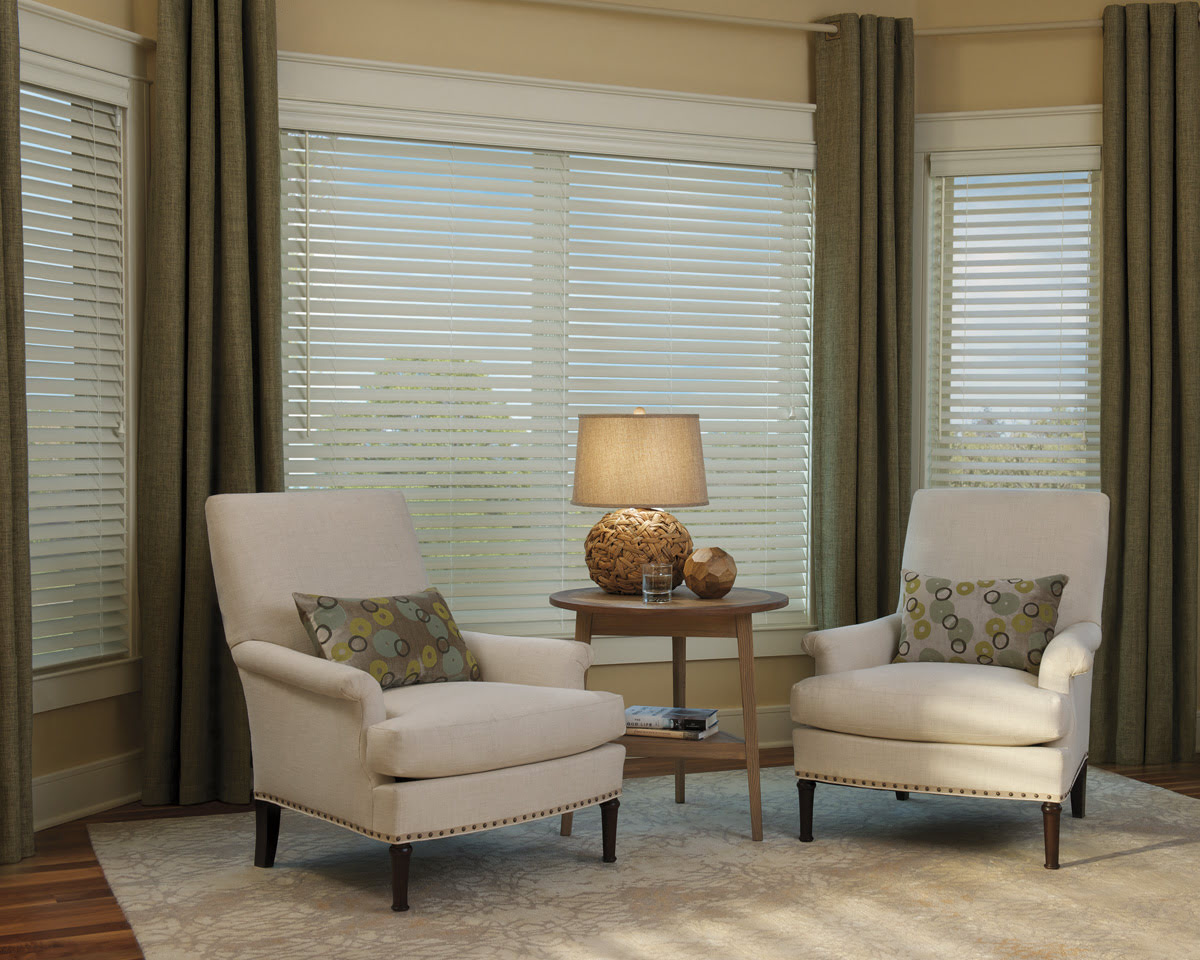

Articles
How To Fix Levolor Blinds
Modified: February 25, 2024
Discover effective articles on how to fix Levolor blinds and restore their functionality. Learn step-by-step guides and expert tips to repair your blinds with ease.
(Many of the links in this article redirect to a specific reviewed product. Your purchase of these products through affiliate links helps to generate commission for Storables.com, at no extra cost. Learn more)
Introduction
Levolor blinds are a popular choice for window coverings due to their durability, versatility, and attractiveness. However, like any other mechanical system, Levolor blinds can encounter issues over time. Whether it’s a broken slat, a malfunctioning cord mechanism, or a misaligned track, these problems can disrupt the functionality and aesthetic appeal of your blinds.
In this comprehensive guide, we will walk you through the steps to fix common issues with Levolor blinds. By following our instructions, you can save time and money by tackling these repairs yourself. So, let’s get started and bring back the functionality and beauty of your Levolor blinds!
Key Takeaways:
- Assess, repair, and maintain Levolor blinds with confidence using our comprehensive guide. Save time and money by tackling common issues yourself, and enjoy fully functional window coverings once again!
- From gathering tools to final maintenance tips, our step-by-step approach empowers you to troubleshoot and fix Levolor blinds. Restore beauty and functionality to your windows with ease and satisfaction!
Read more: How To Clean Levolor Wood Blinds
Step 1: Assess the Problem
Before diving into repairs, it’s important to properly assess the problem with your Levolor blinds. Take a close look at the blinds and identify any visible issues or signs of damage. This could include broken slats, tangled cords, or misaligned tracks.
Additionally, try operating the blinds to see if they are working partially or not at all. Take note of any unusual sounds, resistance, or lack of movement. Understanding the nature of the problem will help you determine the appropriate course of action.
Keep in mind that some issues with Levolor blinds may require professional assistance or replacement of certain parts. We’ll guide you through the process of determining what can be fixed on your own and when it might be necessary to seek professional help.
By properly assessing the problem, you’ll be able to make informed decisions regarding the necessary repairs and ensure that the blinds are restored to their optimal functionality.
Step 2: Gather Necessary Tools
Before you begin repairing your Levolor blinds, it’s essential to gather all the necessary tools. Having the right tools on hand will make the process smoother and more efficient. Here are some of the tools you may need:
- Screwdriver – Depending on the specific type of Levolor blinds you have, you may need a flathead or Phillips screwdriver to remove screws or access internal mechanisms.
- Pliers – Pliers can be handy for gripping and manipulating small parts, such as cord connectors or adjustment mechanisms.
- Replacement Parts – If you have identified specific components that need to be replaced, such as broken slats or worn-out cords, make sure to have the replacement parts ready.
- Tape Measure – A tape measure will be useful for taking accurate measurements of your blinds, especially if you need to trim down slats or replace cords.
- Scissors – You may need scissors to trim excess cords or make adjustments to the blinds.
- Lubricant – If your blinds are experiencing resistance or are difficult to operate, having a lubricant like silicone spray or lightweight oil can help overcome these issues.
- Cleaning Supplies – It’s a good idea to have some cleaning supplies on hand to remove dust, dirt, or any buildup that may be affecting the smooth operation of your blinds.
By ensuring you have all the necessary tools, you’ll be well-prepared to tackle any repairs or adjustments needed for your Levolor blinds. Having everything ready will save you time and prevent the frustration of having to stop midway to search for missing tools.
Step 3: Remove the Levolor Blinds from the Window
Once you have assessed the problem and gathered the necessary tools, it’s time to remove the Levolor blinds from the window. Removing the blinds will provide better access for repairs and prevent any accidental damage during the process. Follow these steps to safely remove the blinds:
- Open the blinds completely or tilt the slats to the open position for easier access.
- Locate the brackets that hold the blinds in place. These are typically located at the top of the window frame.
- Using a screwdriver, carefully remove the screws securing the brackets to the window frame. Set the screws aside in a safe place.
- Once the screws are removed, gently pull the blinds downward to disengage them from the brackets. Be cautious when handling the blinds to avoid any damage.
- With the blinds removed from the brackets, set them aside in a safe and clean area where they won’t get damaged.
Removing the blinds from the window will make it easier to work on them and ensure that you have enough space to make the necessary repairs. Remember to handle the blinds with care to avoid any further damage during the removal process.
Step 4: Inspect and Identify the Issue
Now that you have removed the Levolor blinds from the window, it’s time to inspect and identify the specific issue or problem. Carefully examine the blinds to determine the source of the malfunction or damage. Here are some common issues you may encounter and how to identify them:
- Broken Slats: Look for slats that are visibly cracked, bent, or completely broken. Pay attention to any slats that are not aligned properly with the rest of the blinds.
- Misaligned Tracks: Check if the slats are sliding smoothly along the tracks. Look for any tracks that are bent, dented, or obstructed, preventing proper movement.
- Malfunctioning Cord Mechanism: Test the operation of the cord mechanism, ensuring that the cords are retracting properly and not tangled. Look for any frayed or damaged cords.
- Lack of Tension: If the blinds are not staying in the desired position or are too loose, the tension mechanism may need adjustment or replacement.
Take your time to thoroughly inspect the blinds, paying attention to any small details that may indicate the cause of the problem. By identifying the specific issue, you’ll be better equipped to move forward with the appropriate repair or replacement steps.
To fix Levolor blinds, start by checking for any tangled cords or damaged slats. If the cords are tangled, carefully untangle them and ensure they are properly aligned. If there are damaged slats, replace them with new ones from the manufacturer.
Read more: How To Lower Levolor Window Blinds
Step 5: Repair or Replace Broken Components
Once you have identified the issue with your Levolor blinds, it’s time to repair or replace any broken components. The specific steps for this will depend on the nature of the problem you have encountered. Here are some common repairs you may need to perform:
- Broken Slats: If you have broken slats, you can replace them individually by removing the end stiffener and sliding out the damaged slat. Measure and cut a replacement slat to the same length as the old one, and then insert it into the blinds. Reattach the end stiffener to secure the new slat in place.
- Misaligned Tracks: For misaligned tracks, you may be able to gently bend them back into position using pliers. If the tracks are severely damaged, however, they may need to be replaced. Remove the screws securing the tracks and replace them with new ones.
- Malfunctioning Cord Mechanism: If the cords are tangled or not retracting properly, you can try untangling them manually. If the cords are frayed or damaged, they will need to be replaced. Remove the old cords and thread the new ones through the blinds, following the manufacturer’s instructions.
- Lack of Tension: To fix a lack of tension, you will need to adjust or replace the tension mechanism. Refer to the manufacturer’s instructions for your specific Levolor blinds to determine the proper steps for adjusting or replacing the tension mechanism.
It’s important to follow the manufacturer’s instructions and be careful during the repair process to prevent any further damage to the blinds. If you are unsure or uncomfortable with performing the repairs yourself, consider consulting a professional to ensure the job is done correctly.
Step 6: Reinstall the Levolor Blinds
After completing the necessary repairs or replacements, it’s time to reinstall the Levolor blinds back onto the window. Follow these steps to ensure a proper and secure reinstallation:
- Hold the blinds at an angle and carefully insert the headrail into the brackets at the top of the window frame.
- Ensure that the blinds are properly aligned with the brackets and that they sit securely in place.
- Insert the screws back into the brackets and use a screwdriver to tighten them, ensuring that the blinds are firmly attached to the window frame.
- Gently test the blinds by opening and closing them or operating the cord mechanism to ensure they are functioning smoothly.
Take your time during the reinstallation process to make sure that each step is done correctly. Double-check that the blinds are properly aligned and secured in the brackets before tightening the screws.
If you encounter any difficulties during the reinstallation or if the blinds are not functioning properly, it may be necessary to revisit the previous steps to identify and address any remaining issues.
Step 7: Test and Adjust for Proper Functioning
After reinstalling the Levolor blinds, it’s important to test their functionality and make any necessary adjustments to ensure they are operating properly. Here are some steps you can take to test and adjust your blinds:
- Operate the cord mechanism or control wand to raise and lower the blinds. Make sure they move smoothly and without any excessive resistance.
- Check if the blinds are tilting properly. If you have adjustable blinds, use the wand or control mechanism to tilt the slats and ensure they move smoothly.
- Inspect the alignment of the slats. If any slats are not aligned properly, gently adjust them with your hands to make them level and evenly spaced.
- Listen for any unusual sounds or signs of strain. If you hear grinding noises or notice excessive tension, it may indicate that further adjustments or repairs are needed.
- Test the blinds at various positions. Open and close the blinds fully, partially, and in different combinations to ensure that they operate smoothly at every position.
If you encounter any issues during the testing phase, refer back to the previous steps to identify and address the problem. Sometimes minor adjustments or additional repairs may be necessary to achieve optimal functionality.
By thoroughly testing and adjusting your Levolor blinds, you can ensure that they are functioning properly and providing the desired level of light control and privacy for your space.
Step 8: Final Touches and Tips for Maintenance
Once you have completed the necessary repairs and adjustments to your Levolor blinds, there are a few final touches and maintenance tips to keep in mind:
- Clean the blinds: Use a soft cloth or duster to remove any dust or debris that may have accumulated on the slats. For deeper cleaning, you can consider using a mild detergent or a specialized blind cleaner.
- Check for smooth operation: Test the blinds again to ensure that they are operating smoothly and without any issues. Pay close attention to the functionality of the cord mechanism, the tilting of the slats, and the overall ease of operation.
- Trim excess cords: If your blinds have long cords, consider trimming them to a safer length. Be sure to leave enough length for proper operation, but eliminate any excess cord that could present a safety hazard.
- Maintain lubrication: Periodically apply a small amount of silicone spray or lightweight oil to the moving parts of the blinds, such as the tracks and the cord pulleys. This will help ensure smooth operation and prevent any components from sticking or seizing up.
- Address issues promptly: If you notice any new problems or issues after the repairs, address them promptly. Ignoring small issues can lead to bigger problems down the line, so it’s best to tackle them as soon as possible.
By following these final touches and maintenance tips, you can prolong the lifespan of your Levolor blinds and ensure they continue to provide optimal functionality and visual appeal for years to come. Regular maintenance will also help you identify and address any potential issues before they worsen.
With the completion of Step 8, you have successfully repaired and maintained your Levolor blinds. Congratulations! Your blinds should now be in proper working order and ready to enhance the beauty and functionality of your windows once again.
Read more: Where Are Levolor Blinds Manufactured
Conclusion
Repairing Levolor blinds doesn’t have to be a daunting task. With the right tools and a step-by-step approach, you can easily address common issues that arise with these window coverings. By following the eight steps outlined in this guide, you can assess, repair, and maintain your Levolor blinds to ensure they continue to provide beauty and functionality for your windows.
Remember to start by assessing the problem and gathering the necessary tools. Take the time to remove the blinds from the window and inspect them carefully, identifying any broken components or misalignments. From there, you can proceed to repair or replace the broken parts, adjusting tension or slat alignment as needed.
Once the repairs are complete, reinstallation is straightforward. Test the blinds for proper functioning and adjust as necessary to ensure they operate smoothly. Finally, perform regular maintenance by cleaning the blinds and addressing any issues promptly to prolong their lifespan.
With this comprehensive guide, you now have the knowledge and confidence to tackle Levolor blind repairs on your own. By investing a little time and effort in troubleshooting and fixing common problems, you can save money and enjoy the benefits of fully functional Levolor blinds in your home or office.
Remember, if you ever feel unsure or uncomfortable, it’s always a good idea to consult a professional for assistance. They can provide guidance and expertise to ensure the job is done correctly and safely.
Now, go forth with your newfound knowledge, and enjoy the satisfaction of restoring your Levolor blinds to their prime condition!
Frequently Asked Questions about How To Fix Levolor Blinds
Was this page helpful?
At Storables.com, we guarantee accurate and reliable information. Our content, validated by Expert Board Contributors, is crafted following stringent Editorial Policies. We're committed to providing you with well-researched, expert-backed insights for all your informational needs.
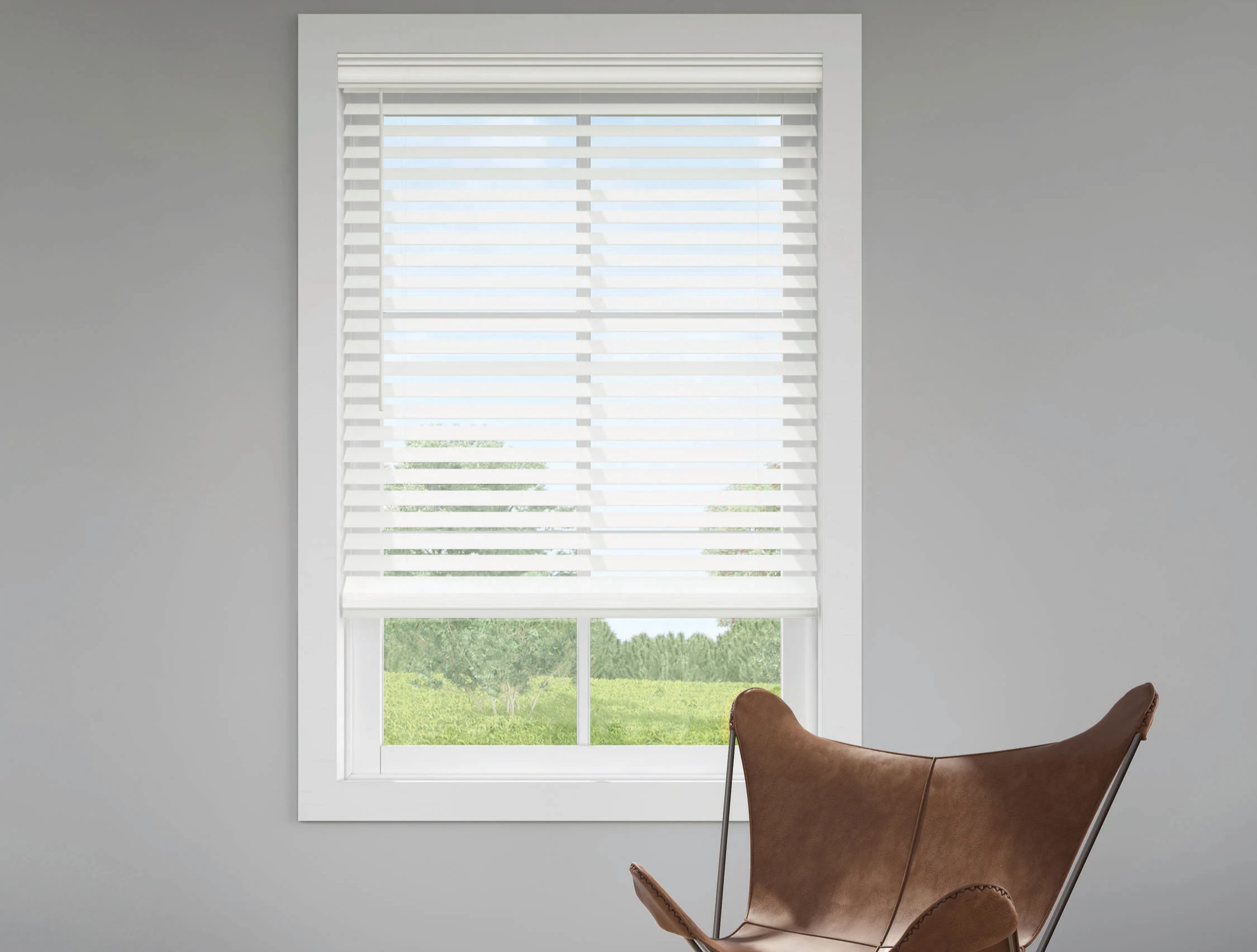
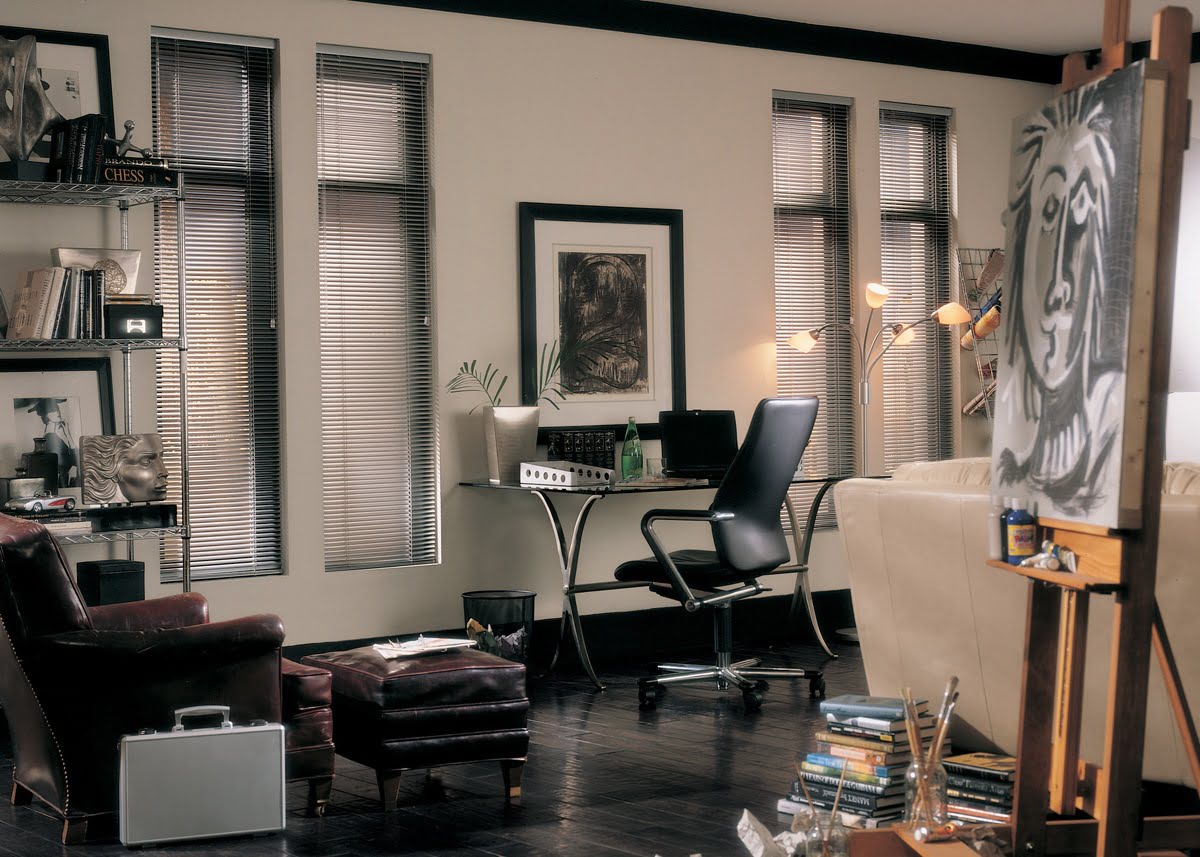
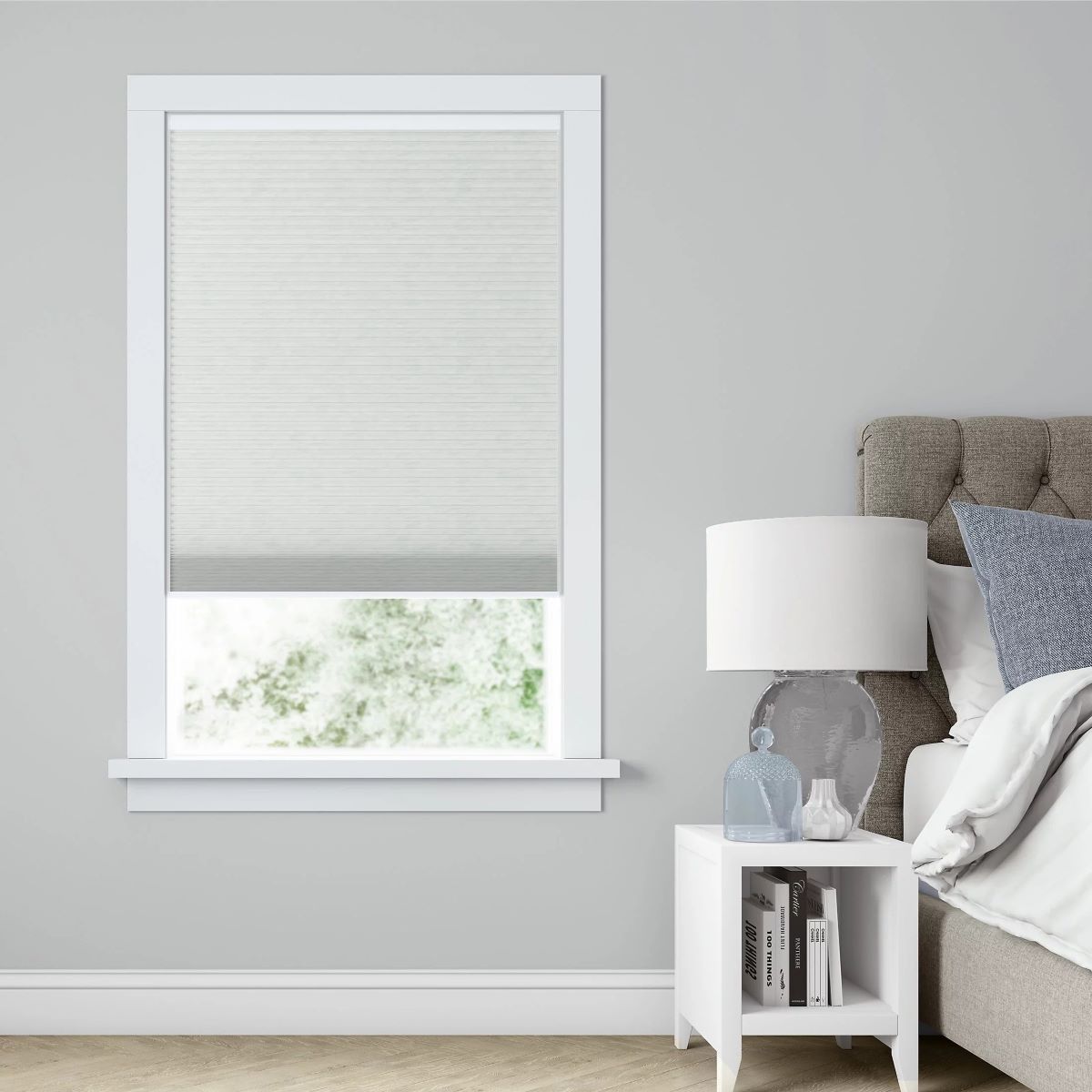

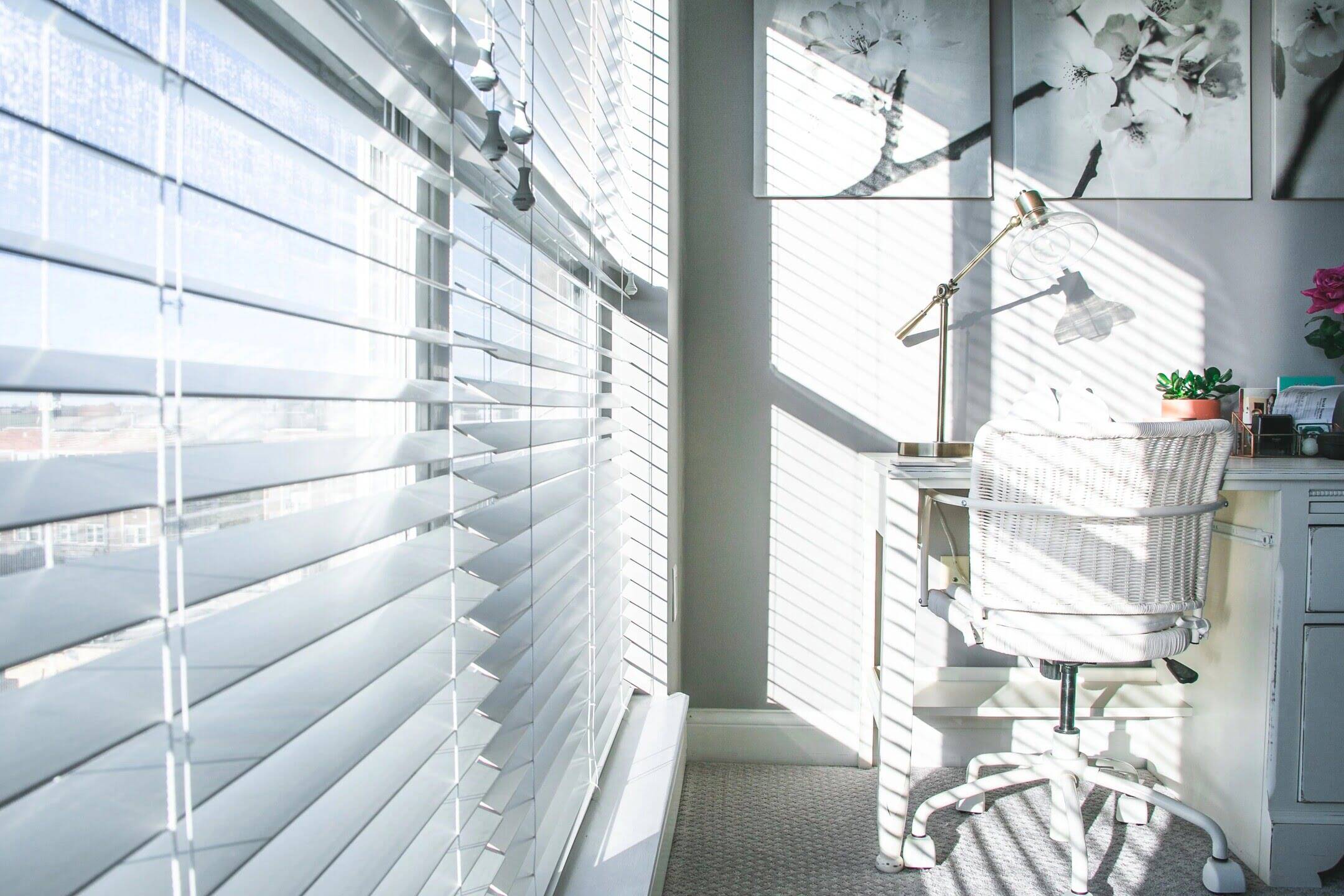
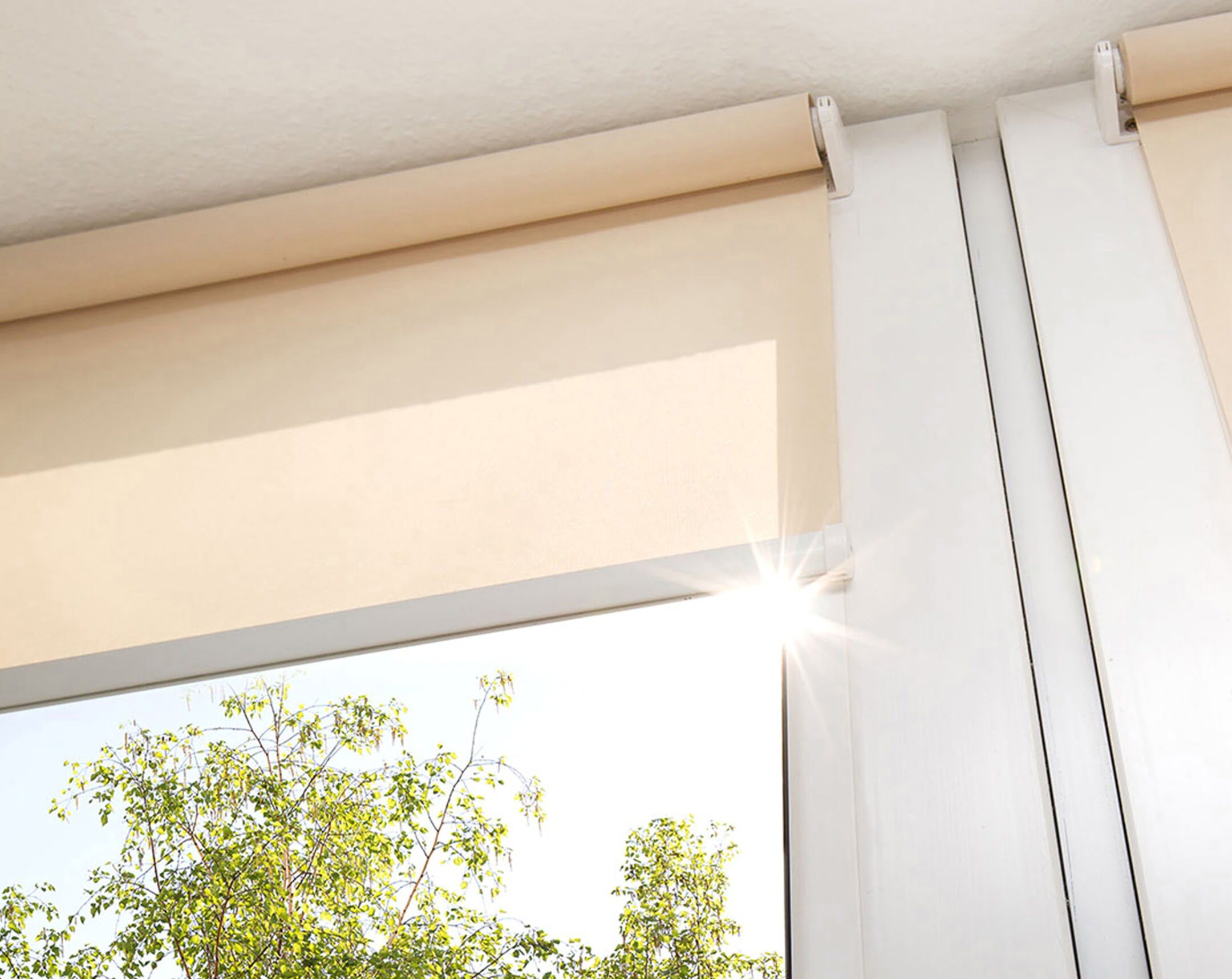
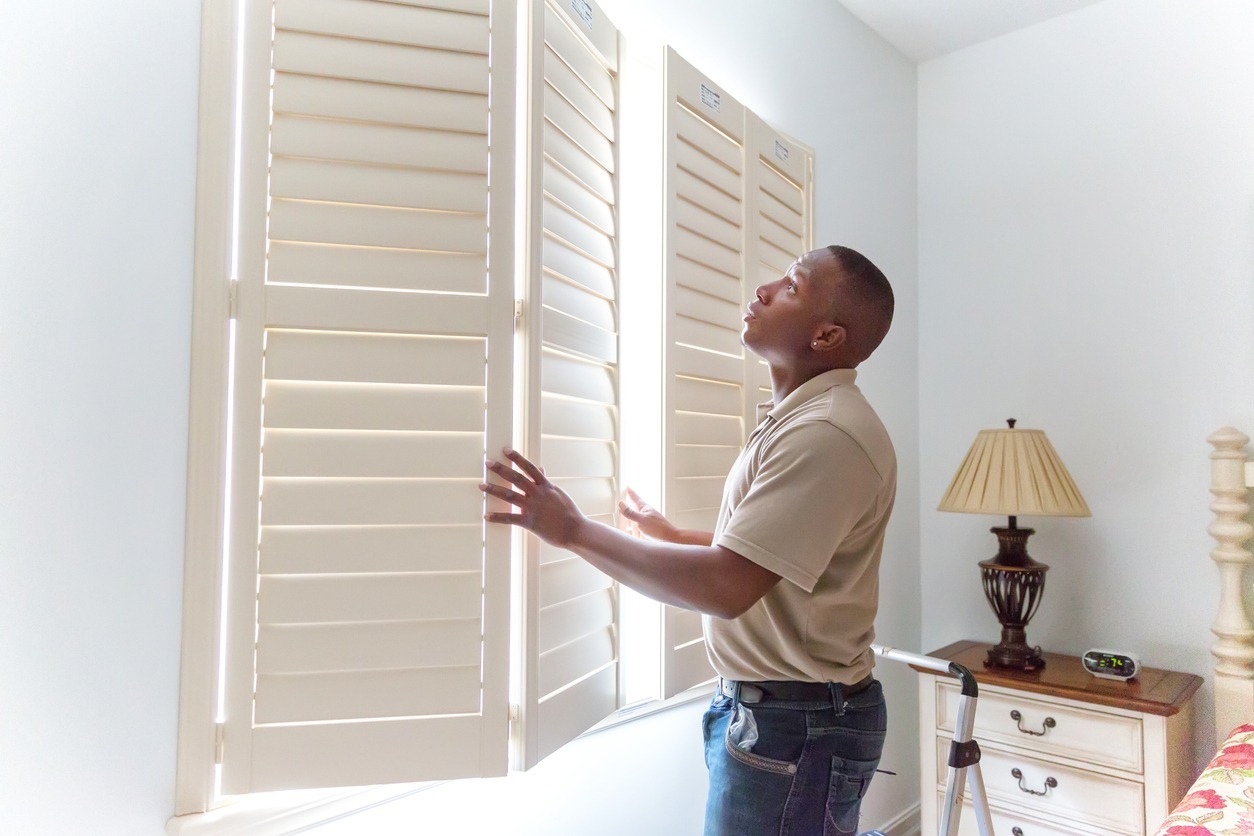
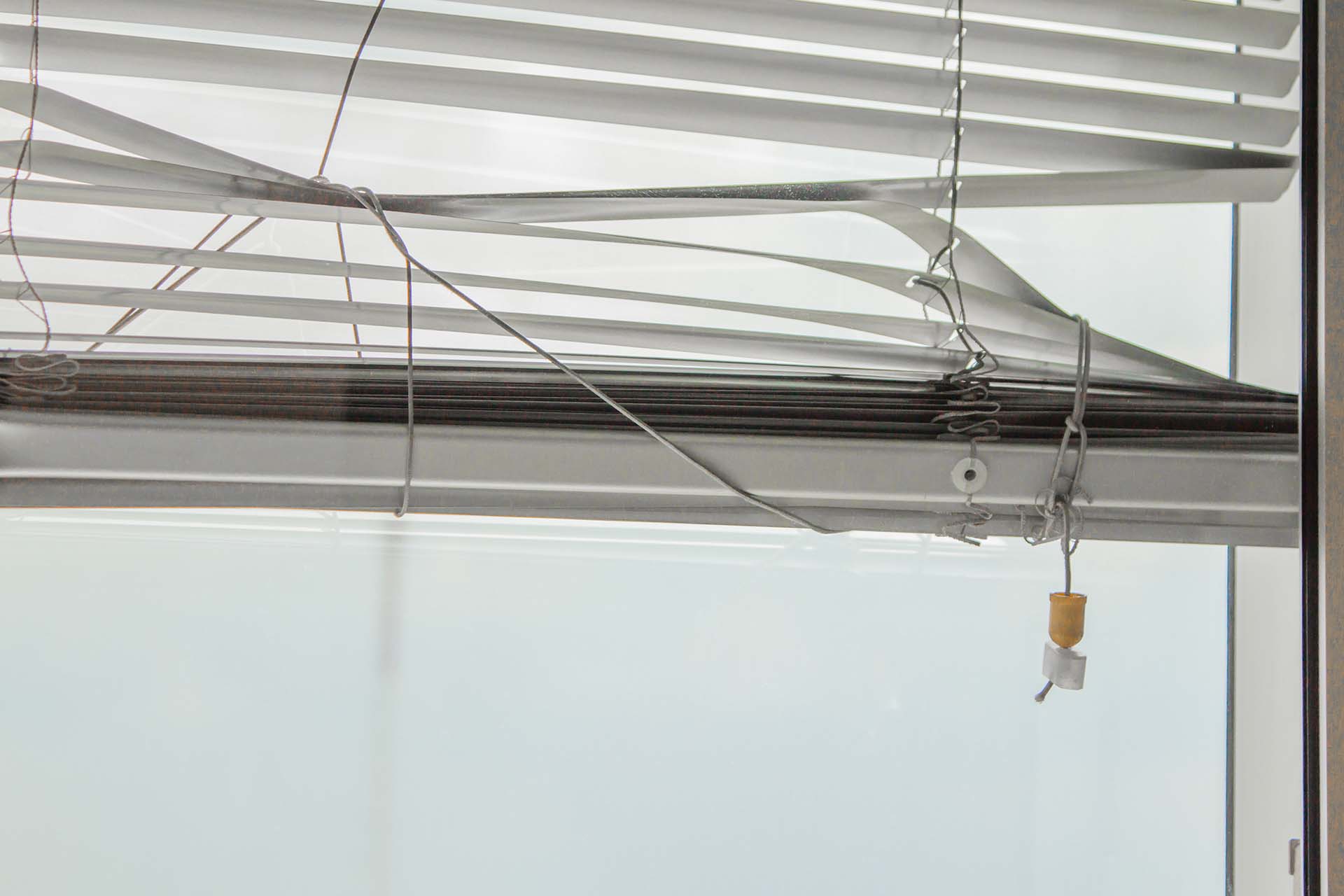

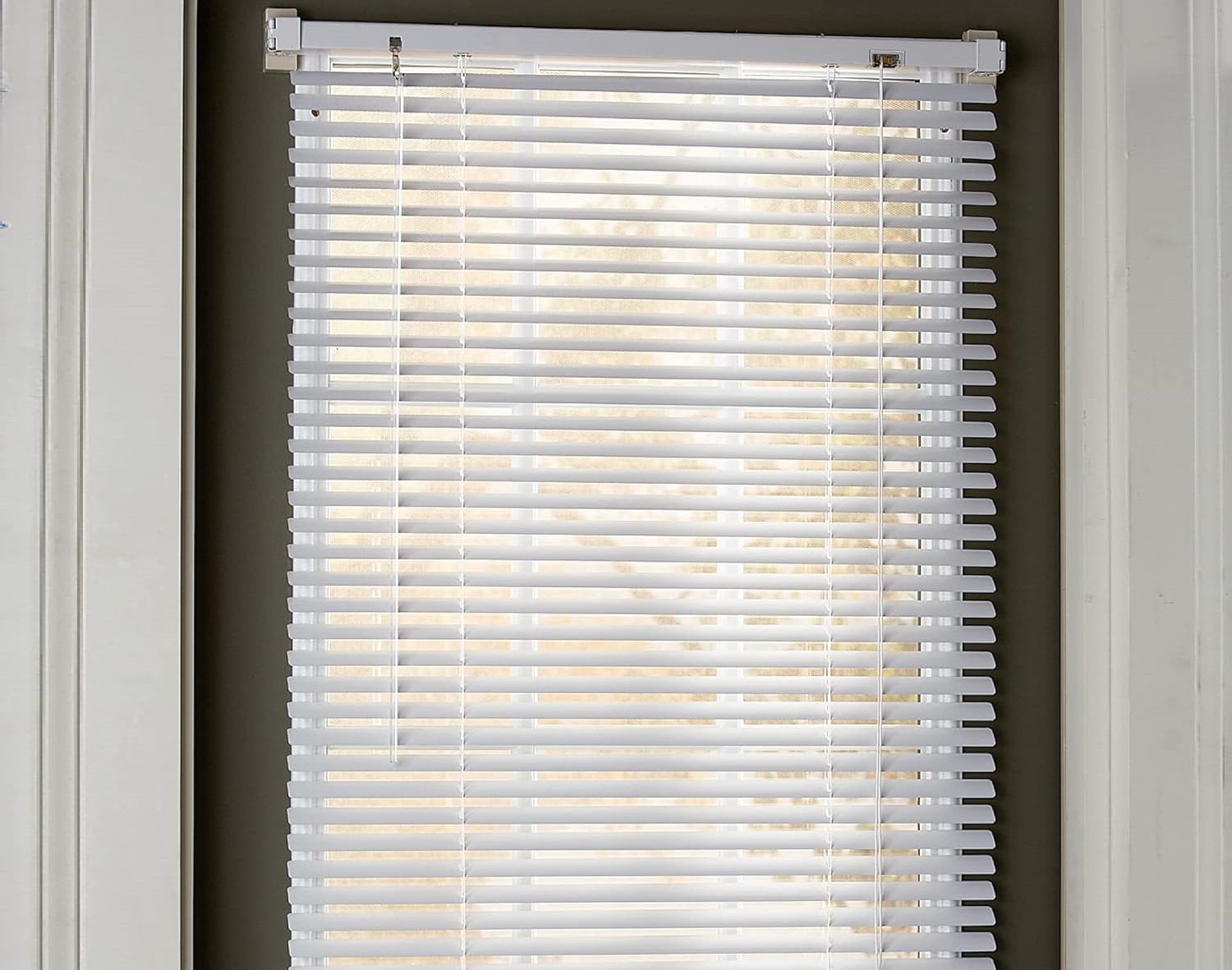
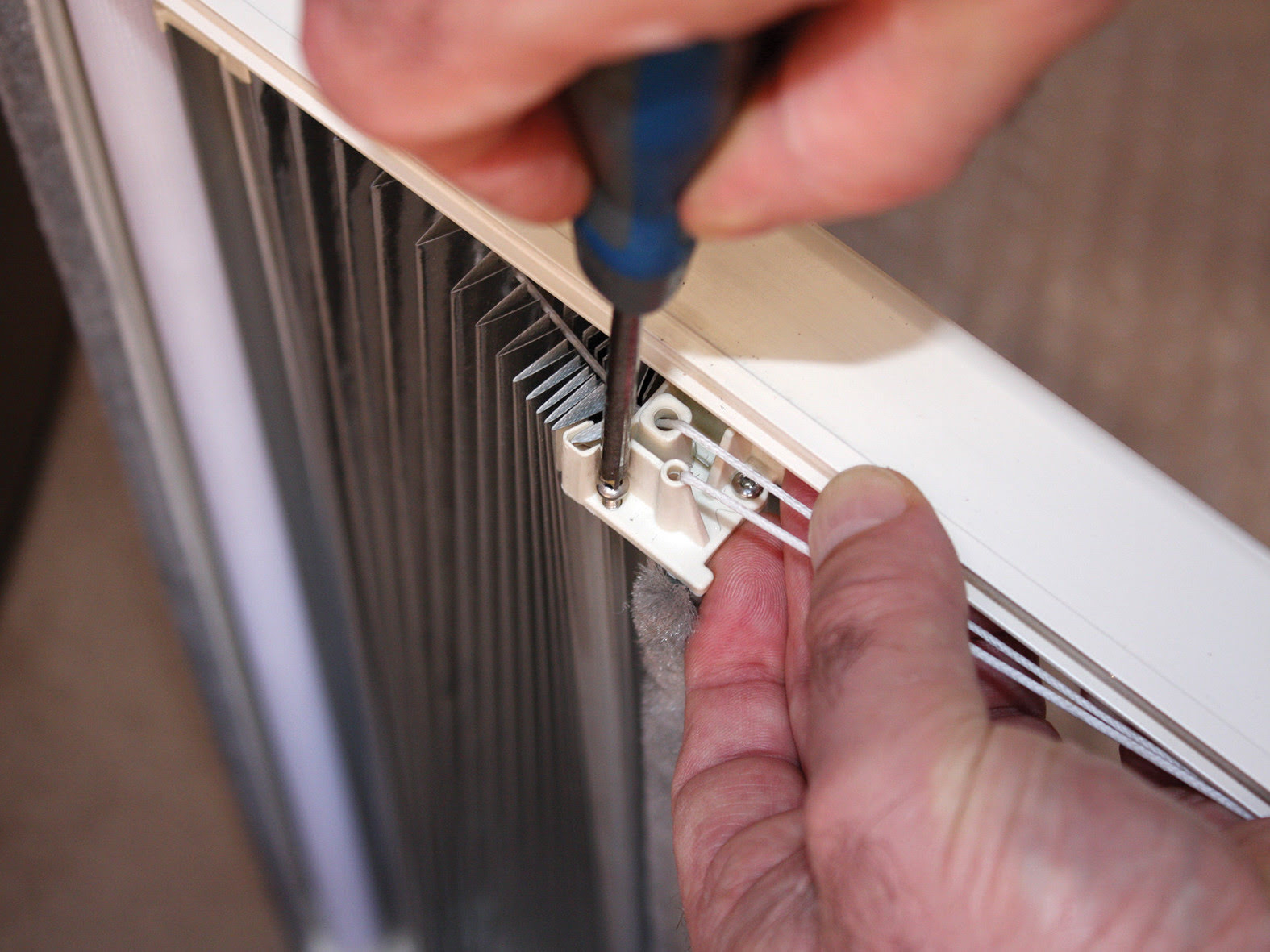
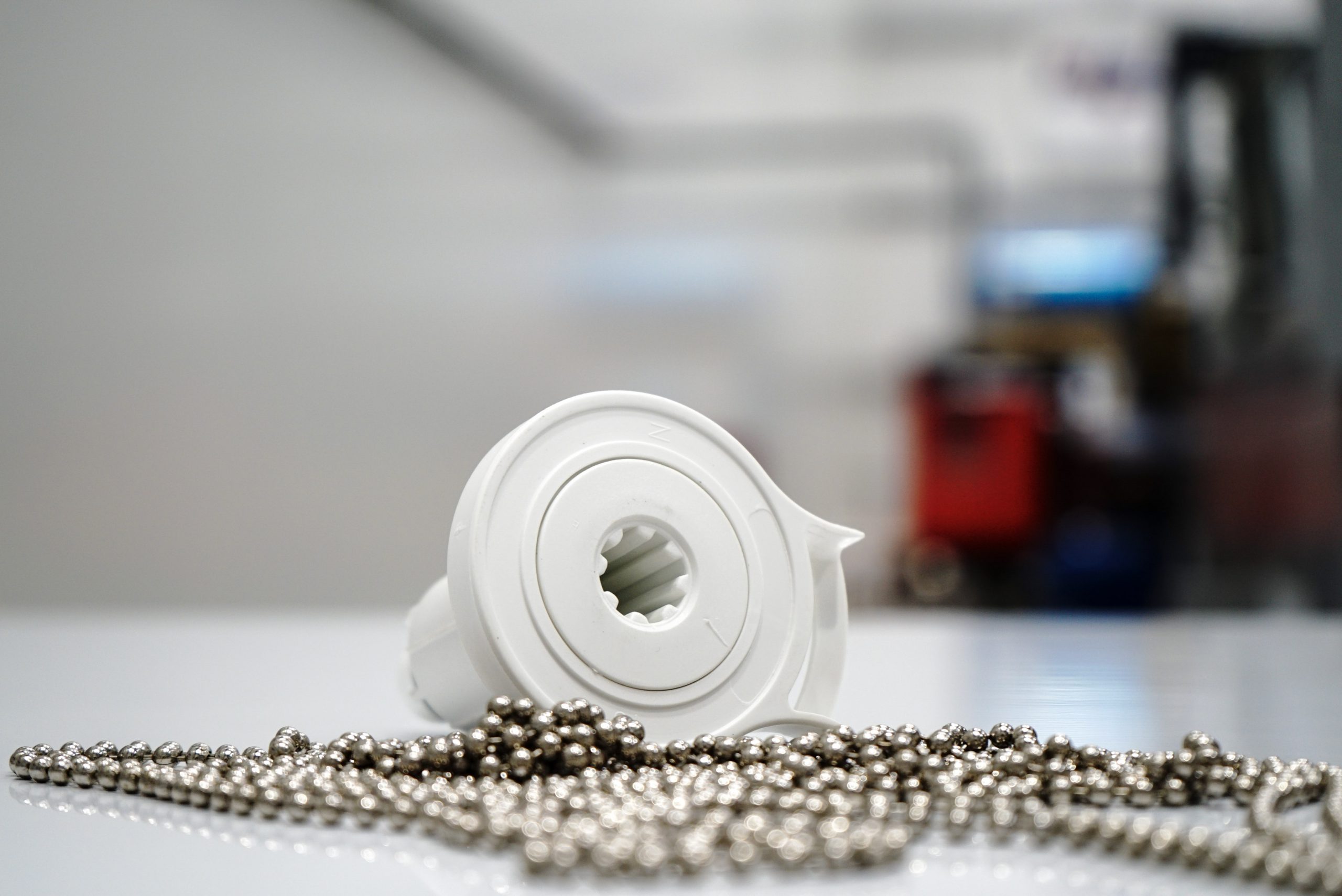
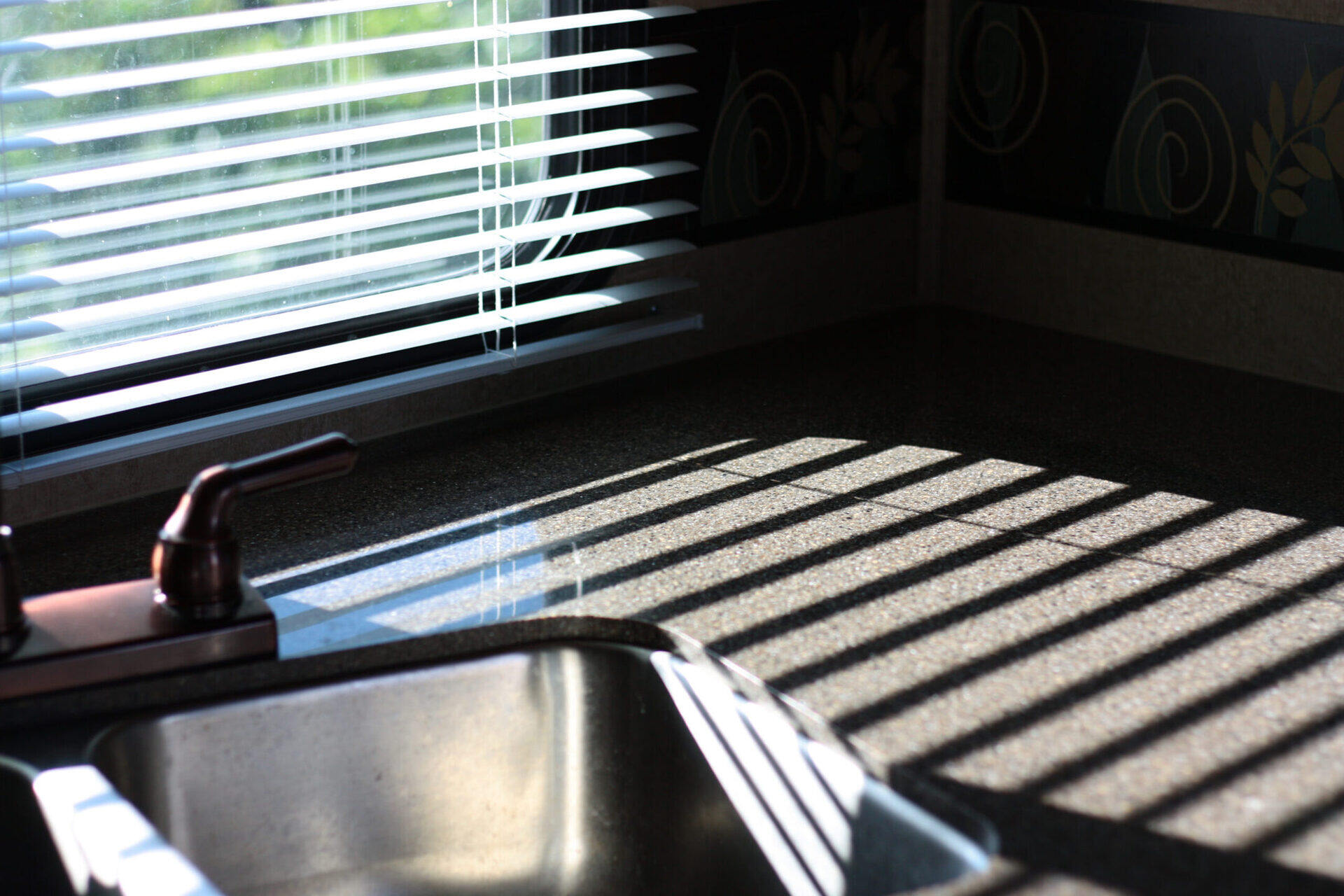

0 thoughts on “How To Fix Levolor Blinds”